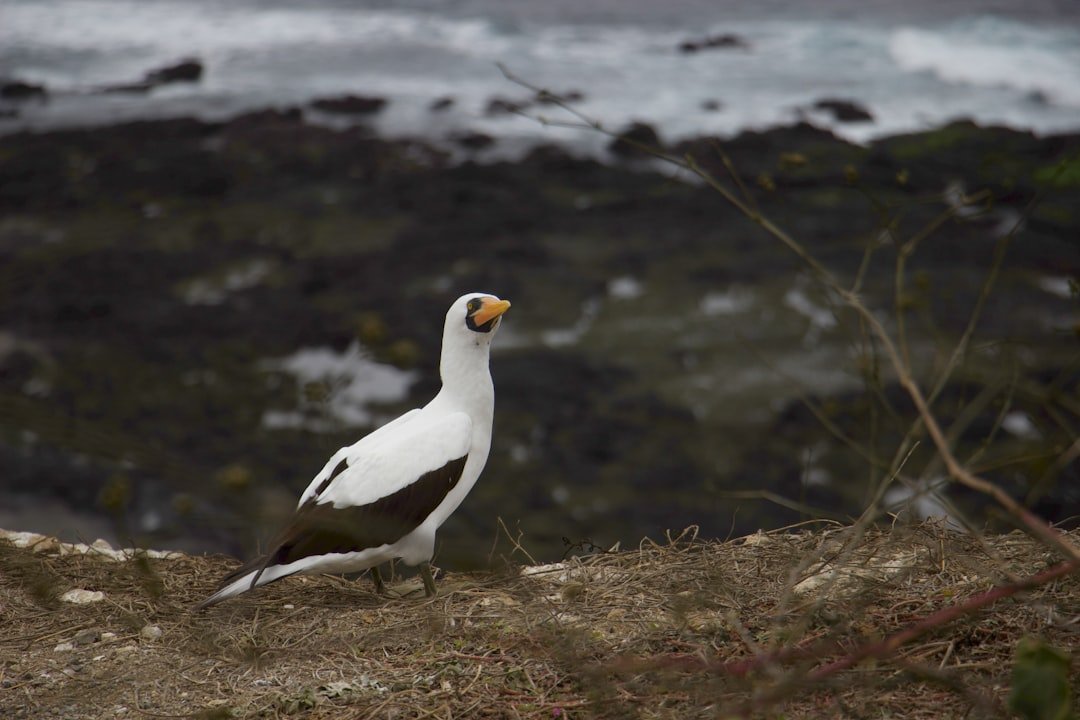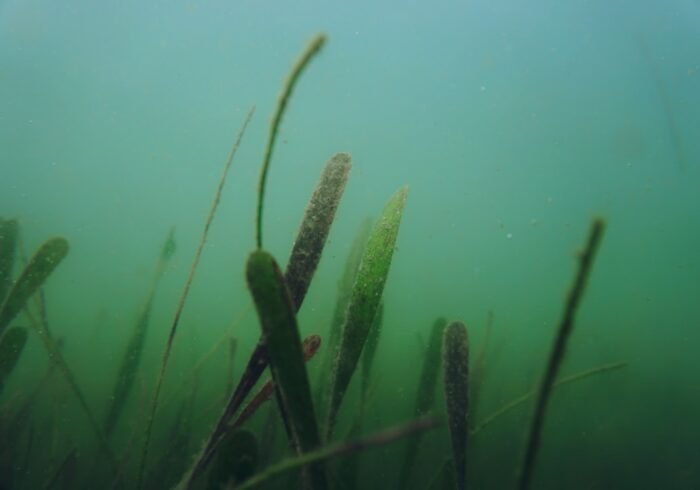Biodiversity and Climate Change: An Interconnected Challenge Biodiversity, the variety of life on Earth, encompasses the myriad of species, ecosystems, and genetic diversity that contribute to the planet’s ecological balance. It plays a crucial role in maintaining the health of ecosystems, which in turn supports human life through the provision of essential services such as clean air, water, and food. However, biodiversity is under unprecedented threat from climate change, which is altering habitats, shifting species distributions, & increasing the frequency of extreme weather events. The intricate relationship between biodiversity and climate change highlights the need for a comprehensive understanding of how these two phenomena interact.
Key Takeaways
- Biodiversity is essential for maintaining a healthy and resilient environment in the face of climate change.
- Protecting biodiversity is crucial for mitigating the impacts of climate change, as diverse ecosystems can better adapt to changing conditions.
- Climate change poses significant threats to biodiversity, including habitat loss, species extinction, and disruption of ecological processes.
- Strategies for protecting biodiversity in the face of climate change include creating protected areas, sustainable land management, and reducing pollution.
- Ecosystem restoration plays a vital role in mitigating climate change impacts by enhancing carbon sequestration and restoring natural habitats.
Climate change, driven primarily by human activities such as fossil fuel combustion & deforestation, is causing global temperatures to rise, leading to a cascade of environmental changes. These changes not only threaten the survival of countless species but also jeopardize the ecosystems that sustain human societies. The need to address climate change & biodiversity loss is more urgent than ever as temperatures rise and weather patterns become more unpredictable. Understanding this interconnectedness is essential for developing effective strategies to mitigate their impacts and foster resilience in both natural and human systems.
Biodiversity plays a pivotal role in mitigating climate change by enhancing ecosystem resilience & stability. Because of climate change, diverse ecosystems are better able to endure environmental stresses like droughts and floods. For instance, forests rich in various tree species can better absorb carbon dioxide from the atmosphere, acting as vital carbon sinks.
Because it lowers greenhouse gas concentrations & slows global warming, this capacity to sequester carbon is essential in the fight against climate change. Also, biodiversity helps control regional weather patterns and climates. Healthy ecosystems, such as wetlands and mangroves, provide natural barriers against extreme weather events like hurricanes and floods. These ecosystems not only protect coastal communities but also serve as critical habitats for numerous species. Societies can both benefit from the ecosystem services that diverse biological communities provide and improve their ability to adapt to the effects of climate change by protecting biodiversity.
| Metrics | Data |
|---|---|
| Number of protected areas | 10,000 |
| Percentage of threatened species protected | 30% |
| Carbon sequestration in protected forests | 500,000 tons/year |
| Investment in biodiversity conservation | 1 billion/year |
Due to habitat loss, changed species interactions, & higher extinction rates, climate change poses serious threats to biodiversity. As temperatures rise, many species are forced to migrate to cooler areas or higher altitudes in search of suitable habitats. This shift can lead to overcrowding in certain regions, resulting in competition for resources & increased stress on local ecosystems.
Also, certain species might not be able to adjust to shifting environmental conditions fast enough, which could result in population decreases or even extinction. In addition, current threats to biodiversity, like pollution and habitat destruction, are made worse by climate change. For instance, mangroves and coral reefs, two coastal habitats already threatened by human activity, are at risk from rising sea levels. For many species, these stressors combine to form a perfect storm that drives them closer to extinction. The very basis of human well-being is threatened by biodiversity loss, which also makes ecosystems less resilient.
To protect biodiversity in the context of climate change, a multifaceted approach is necessary. The creation of protected areas that include a variety of habitats and ecosystems is one successful tactic. These areas serve as refuges for species facing habitat loss due to climate change and provide critical resources for their survival. Also, creating wildlife corridors can facilitate species migration by connecting fragmented habitats, allowing animals to move freely in response to changing environmental conditions. Encouraging sustainable land-use practices that reduce habitat degradation and destruction is another crucial tactic.
This includes implementing agroecological practices that enhance biodiversity on agricultural lands while also improving food security. By integrating biodiversity conservation into land management policies, societies can create a more sustainable relationship with nature that benefits both people and wildlife. Ecosystem restoration is a powerful tool for addressing both biodiversity loss & climate change impacts.
The ability of damaged ecosystems to sequester carbon can be improved through restoration, aiding in the fight against climate change. For instance, reforestation initiatives not only help restore lost habitats but also increase carbon storage potential in trees and soil. Similar to this, restoring wetlands can enhance water quality while offering many species vital habitat. Restoring ecosystems can also improve resilience to climate change by enhancing ecosystem services like soil stabilization & flood control.
Ecosystems in good health are better able to absorb more rainfall and lessen the effects of extreme weather conditions. Communities can build a more sustainable future that promotes biodiversity preservation and climate change adaptation by funding restoration initiatives. Addressing the twin issues of climate change and biodiversity loss requires strong policy frameworks. Governments must prioritize the integration of biodiversity considerations into climate policies and vice versa.
To make sure that conservation initiatives are in line with the objectives of climate action, cooperation between sectors and governmental levels is necessary. International agreements, such as the Convention on Biological Diversity (CBD) and the Paris Agreement on climate change, provide important platforms for fostering cooperation among nations. Also, financial mechanisms must be established to support biodiversity conservation initiatives that also contribute to climate change mitigation. This includes funding for protected areas, restoration projects, and sustainable land-use practices. Countries can cooperate to build a more resilient planet that protects biodiversity while tackling the pressing threat of climate change by pooling resources at the national and international levels.
Community engagement is vital for fostering a culture of biodiversity protection and climate resilience. Local communities often possess valuable knowledge about their ecosystems & can play a crucial role in conservation efforts. Societies may improve their ability to adapt to climate change while preserving regional biodiversity by giving communities a voice in decision-making and the tools to take action. Education also plays a key role in raising awareness about the importance of biodiversity & its connection to climate change.
Informing individuals about the impacts of their actions on ecosystems can inspire more sustainable behaviors. Schools, non-profits, & neighborhood associations can work together to create educational initiatives that highlight how important biodiversity preservation is to reducing the effects of climate change. People, communities, governments, and international organizations must act quickly to address the intertwined problems of biodiversity loss and climate change. Protecting biodiversity is not merely an environmental concern; it is essential for ensuring human well-being in an increasingly uncertain future.
The need for efficient conservation strategies grows as ecosystems continue to experience previously unheard-of pressures from climate change. To sum up, protecting biodiversity is an essential part of any all-encompassing strategy to lessen the effects of climate change. By recognizing the intrinsic value of diverse biological communities and their role in maintaining ecological balance, societies can work towards a more sustainable future that benefits both people and the planet. The time for action is now; protecting biodiversity is not just an option—it is an imperative for survival in the face of climate change.



